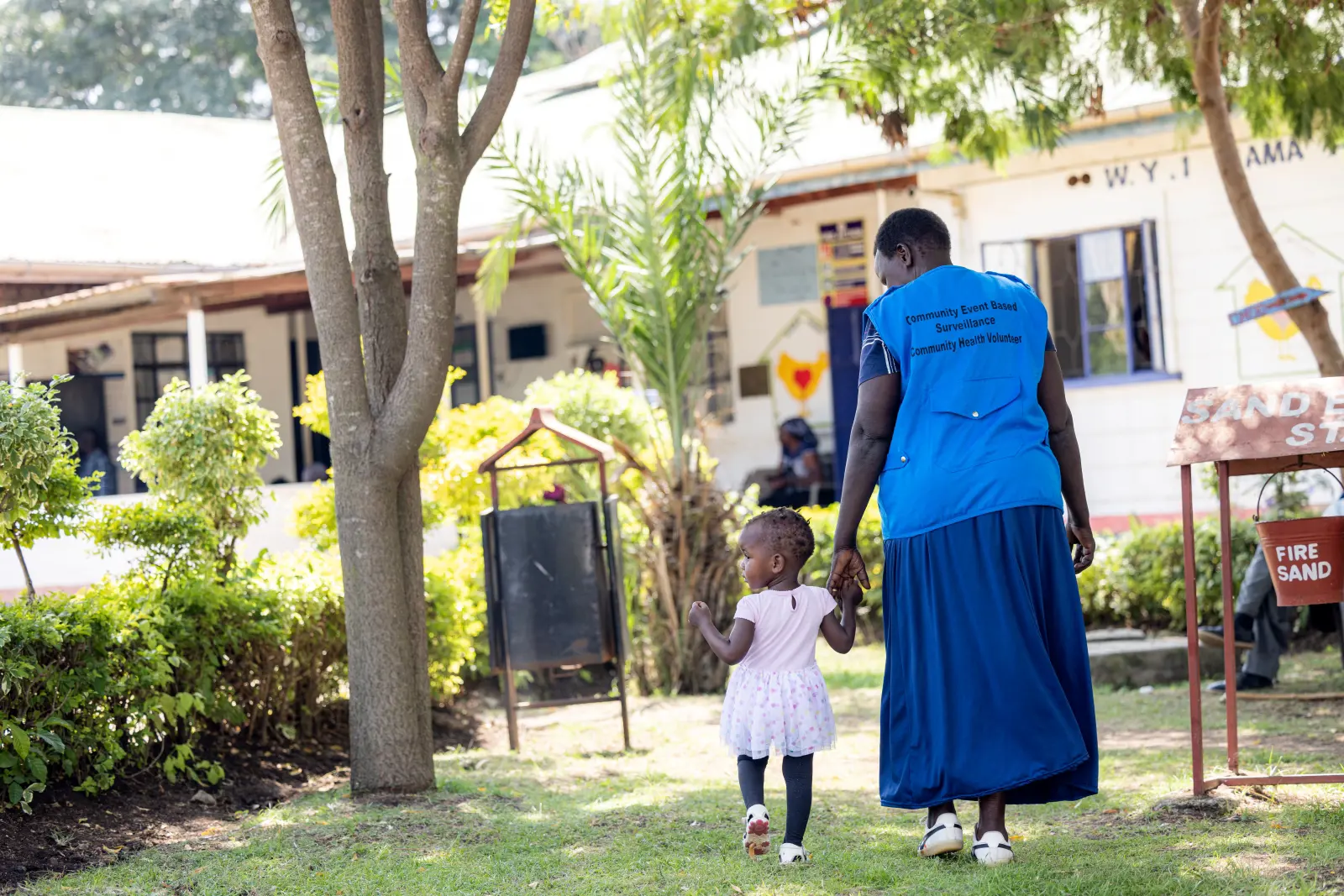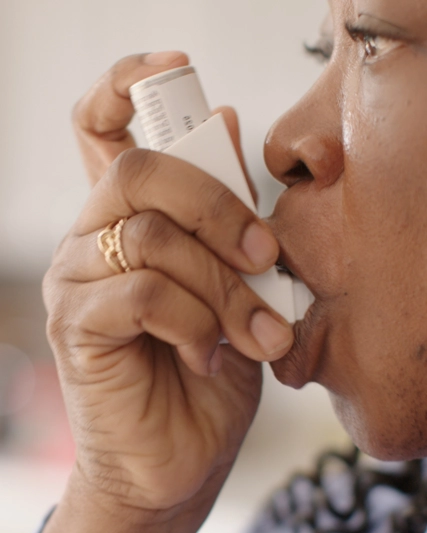Climate change and air pollution negatively impact the health of patients with respiratory conditions – and yet some treatments used for those same conditions contribute to greenhouse gas emissions. Here, Dr David Lipson, GSK’s Vice President and Clinical Research Head, Respiratory and Immunology R&D, explains why a focus on sustainability in respiratory care is therefore essential – and how GSK is innovating to benefit both patients and the planet.
Climate change is one of the greatest threats to human health, and its impact on patients with respiratory health conditions should not be underestimated.
Extreme weather creates better conditions for respiratory infections to thrive in, while common pollutants, caused by things like vehicle exhausts and deforestation, can irritate the airways, sometimes with fatal results. It is estimated that air pollution is responsible for the premature deaths of around 7 million patients every year, whose ischemic heart disease, stroke, chronic obstructive pulmonary disease (COPD), lung cancer and acute respiratory infections are worsened by it.
At the same time, we know that chronic respiratory treatments, like metered dose inhalers (MDIs), and hospitalisations are a large contributor to the carbon footprint of healthcare systems – which account for 4.4% of the global total of greenhouse gas emissions. To put it into perspective: if healthcare systems were a country, it would be the fifth largest emitter on the planet.
We have been leaders in the prevention and treatment of respiratory disease for more than five decades. We have developed an industry leading approach to sustainability, with an ambition to achieve a 90% reduction in carbon emissions by 2045, as well as to contribute to a nature positive world, which includes company targets and action on water, waste, land use and biodiversity.
As such, it makes sense that teams leading on respiratory care, like those at GSK, are determined to break this negative cycle by focusing on making respiratory care more sustainable.
Sustainable design
Embedding sustainability by design into new respiratory vaccines, medicines, packaging, and supply chains could significantly reduce impact on the environment.
That’s why we’ve created ‘Sustainable Design Plans’ for all our newly developed or acquired medicines. These are now fully integrated to ensure we are building sustainability into the entire product design and development process.
During the drug development process, our Research and Development team apply principles of ‘green chemistry’, taking action to minimise the creation of waste and the amount of energy needed in the manufacturing process.
Plus we partner with industry peers to help our shared suppliers reduce their carbon emissions through programmes like Energize that make it easier for suppliers to access renewable electricity sources. And we’re working to reduce the environmental impact of our packaging by being a founding member of the Circularity in Primary Pharmaceutical Packaging Accelerator (CiPPPA), which brings together partners from across the sector to address the sustainable packaging of medicines and vaccines.
We’re also applying these eco design principles to respiratory care. Metered dose inhalers (MDIs) are essential for many patients, but the propellants currently used in all MDIs to push the medicine into a person’s airways contributes to greenhouse gas emissions. We are currently in clinical trials looking at a next generation propellant, which, if successful, could reduce MDI emissions by approximately 90%.
At the same time, we’re developing the next generation of respiratory treatments and preventions for millions of people with sustainability woven into every stage of the process – from the energy we use during discovery to the packaging it comes in and the way it is delivered.
Intervening early
Intervening earlier in the course of respiratory disease is another way we can protect patients and the planet.
Asthma and COPD are both chronic inflammatory conditions driven by genetic and environmental factors. As such, they are complex and often poorly controlled, leading to increased treatments, doctor visits and hospitalisations, all of which are key drivers of greenhouse gas emissions within healthcare systems.
Earlier diagnosis and improved, patient-centred treatment regimens that consider the biological uniqueness of an individual’s respiratory disease can potentially reduce the risk of exacerbations – or attacks – and permanent damage to the lungs. This can help patients manage their symptoms more effectively, keeping them out of hospital and preventing them from developing comorbidities that could end up needing more treatment.
We also have an opportunity to make better use of treatment innovations to optimise patient care and therefore reduce the impact of traditional care on the environment. For example, where appropriate, patients can be prescribed advanced longer-acting therapies, or a propellant-free Dry Powder Inhaler (DPI), both of which can help them achieve clinical benefits while significantly cutting carbon emissions.
And it’s important to protect patients against common respiratory diseases through vaccination, as they are more likely to develop severe complications from infections. This is better for patient outcomes, and emerging data shows that preventing diseases through vaccination is far more sustainable than treating disease.
Ahead together
But we can’t do it alone.
The path to delivering more sustainable respiratory care must involve partners across the healthcare system pulling together: from industry collaboration to change supply chains, to teaming up with regulators and payers to ensure the uptake of sustainable medicines and vaccines. We also need to support healthcare professionals to prescribe sustainable treatments and patients to use them.
The challenge might be complex, but we share the same air and the same goal – better health outcomes with a lower impact on our environment.
Together we can deliver solutions that move us forward towards a respiratory care that is better for both patients and the planet.






